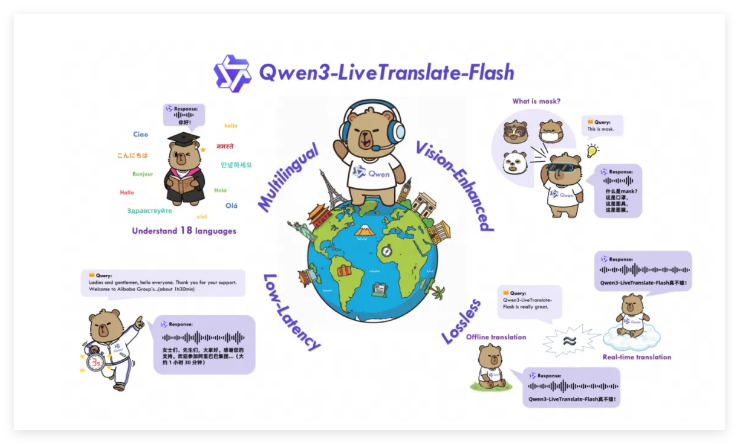On the evening of June 11, XPeng Motors officially released its latest model - the XPeng G7, which is hailed as the world's first artificial intelligence car with Level 3 computing power. The biggest highlight of this car lies in its self-developed Turing AI chip. The computing ability of a single chip is equivalent to three Orin-X chips, showcasing XPeng's technical advantages in the field of intelligent vehicles.
The XPeng G7 is equipped with a powerful 40-core processor that can run up to 30B simulation parameters and features two self-developed neural network processing units (NPUs). Additionally, the car adopts DSA (integrated neural network-specific domain architecture) and two independent image ISPs, with overall computing power exceeding 2000 Tops, far surpassing the current industry mainstream level of 80 to 700 Tops. It truly "pre-delivers" the future five-year computing power expectations.

Even more impressively, the XPeng G7 introduces the industry's first VLA-OL model in intelligent driving assistance. This model not only possesses the capability for active thinking and understanding social consensus but can also learn autonomously, achieving a cognitive leap from "reflex-like response" to "brain + reflex". Through the collaboration of the "motor cortex" and "enhanced reflex", G7 is expected to enhance the capabilities of intelligent driving assistance by 10 to 100 times, breaking network and regional limitations to achieve delay-free complex decision-making.
XPeng Motors stated that future Max and Ultra models will also be iterated synchronously, promoting the popularization of high-level intelligent auxiliary driving in China and continuously raising the industry's capability ceiling. Undoubtedly, the release of the XPeng G7 is not only a breakthrough in technology but will also have a profound impact on the future development direction of intelligent driving.










